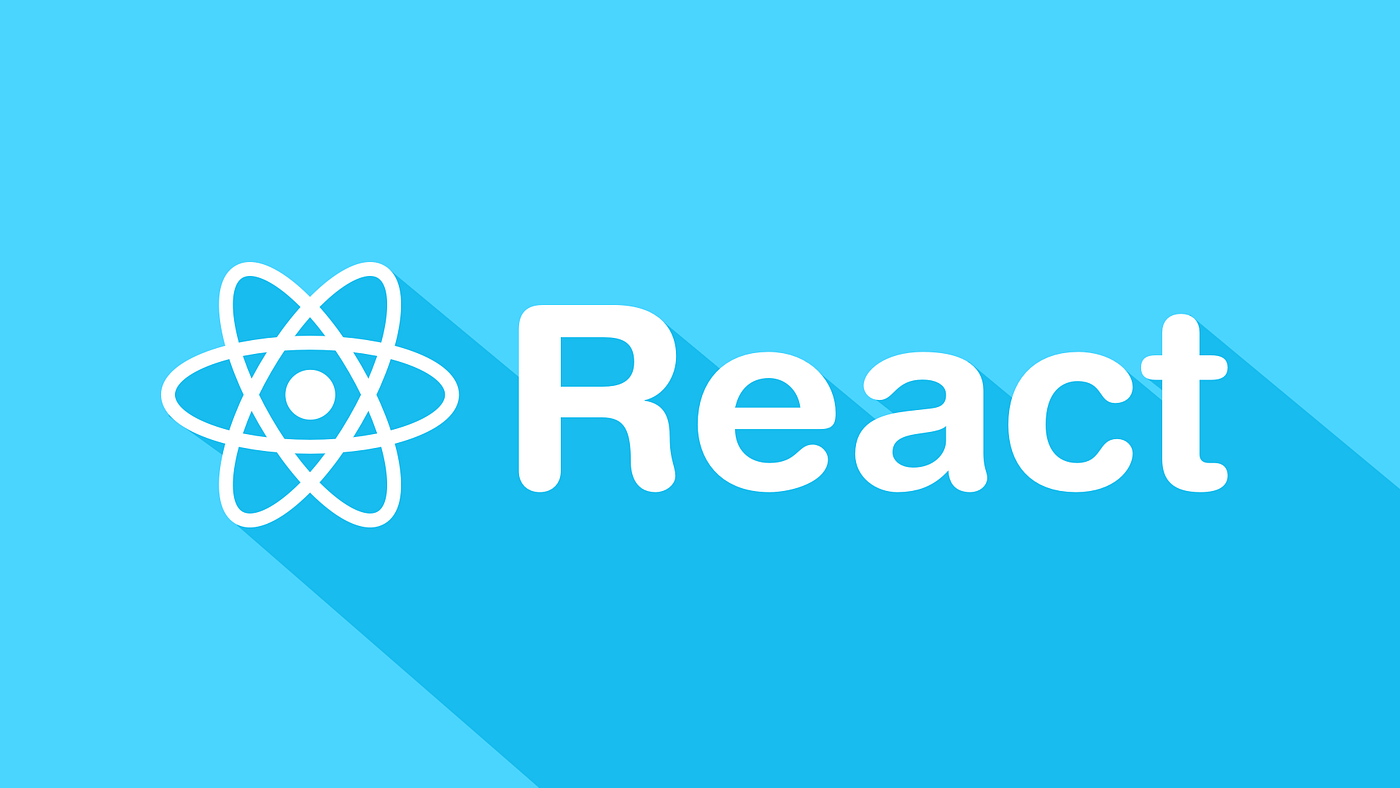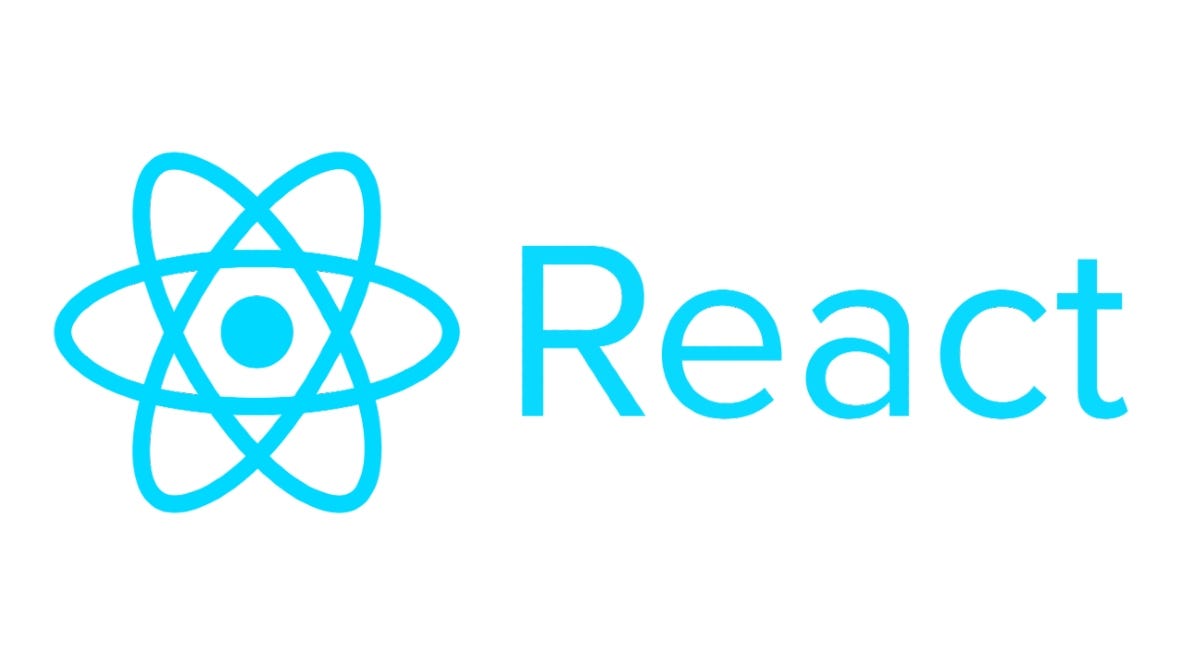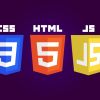React has revolutionized the way developers build user interfaces, transforming from a Facebook internal project to one of the most beloved JavaScript libraries in the world. Created by Jordan Walke, a Facebook software engineer, React first appeared in 2011 for Facebook’s Newsfeed feature before its public release in July 2013. Today, it stands as a cornerstone of modern web development, powering applications for tech giants like Meta, Instagram, and Netflix.
At its core, React is a free and open-source front-end JavaScript library designed to make building user interfaces based on components more seamless. Unlike traditional frameworks that handle entire application architecture, React focuses specifically on the user interface layer, allowing developers to create dynamic, interactive web applications with unprecedented efficiency. The library’s component-based architecture breaks down complex user interfaces into smaller, reusable parts, making development more manageable and maintainable.
What sets React apart is its innovative Virtual DOM technology, which creates a lightweight copy of the actual DOM in memory. Instead of directly manipulating the browser’s DOM every time changes occur, React performs all necessary modifications in this virtual environment first, then efficiently updates only the parts of the real DOM that have actually changed. This approach dramatically improves application performance, making React applications faster and more responsive than traditional alternatives.
The popularity of React isn’t accidental – it stems from solving real-world development challenges while maintaining simplicity and flexibility. With 40.6% of developers using React according to recent Statista surveys, it has become the go-to choice for building everything from single-page applications to complex enterprise solutions. Its declarative programming paradigm, extensive community support, and seamless integration capabilities have made it an essential skill for modern web developers.
Why React Has Become the Developer’s Choice
React’s meteoric rise in popularity can be attributed to several key factors that address common development pain points. The library’s ease of learning stands out as a primary advantage, especially for developers already familiar with JavaScript, HTML, and CSS. React’s straightforward syntax and component-based approach make it accessible to newcomers while remaining powerful enough for experienced developers.

The declarative programming paradigm that React employs allows developers to describe what the UI should look like for each state, rather than imperatively defining how to achieve those changes. This approach makes code more predictable, easier to debug, and significantly reduces the likelihood of unexpected behaviors that plague traditional DOM manipulation.
Performance Advantages That Matter
React’s performance benefits stem primarily from its Virtual DOM implementation and efficient rendering strategies. When developers make changes to a component, React updates the virtual representation first, compares it with the previous state, and then applies only the necessary changes to the actual DOM. This process, known as reconciliation, eliminates unnecessary re-rendering and dramatically improves application speed.
Additionally, React incorporates lazy loading techniques, allowing applications to load only the necessary components and data when needed. This feature reduces initial load times and improves user experience, particularly crucial for modern web applications where performance directly impacts user engagement and conversion rates.
Component Reusability and Development Efficiency
The component-based architecture represents one of React’s most compelling features for development teams. Components are modular, self-contained units with their own logic and controls that can be reused throughout an application. This reusability dramatically reduces development time, ensures consistency across the application, and simplifies maintenance and updates.
React’s one-way data binding approach ensures that data flows predictably from parent components to children, making applications easier to debug and maintain. This unidirectional data flow prevents the complex state management issues that often arise in traditional web applications, leading to more stable and predictable code.
Community Support and Ecosystem
React benefits from an exceptionally large and active community of developers who continuously contribute resources, documentation, tutorials, and open-source libraries. This robust ecosystem means developers can find solutions to common problems quickly and leverage existing tools to accelerate development. The community-driven nature of React ensures continuous improvement and innovation, keeping the library at the forefront of web development trends.




